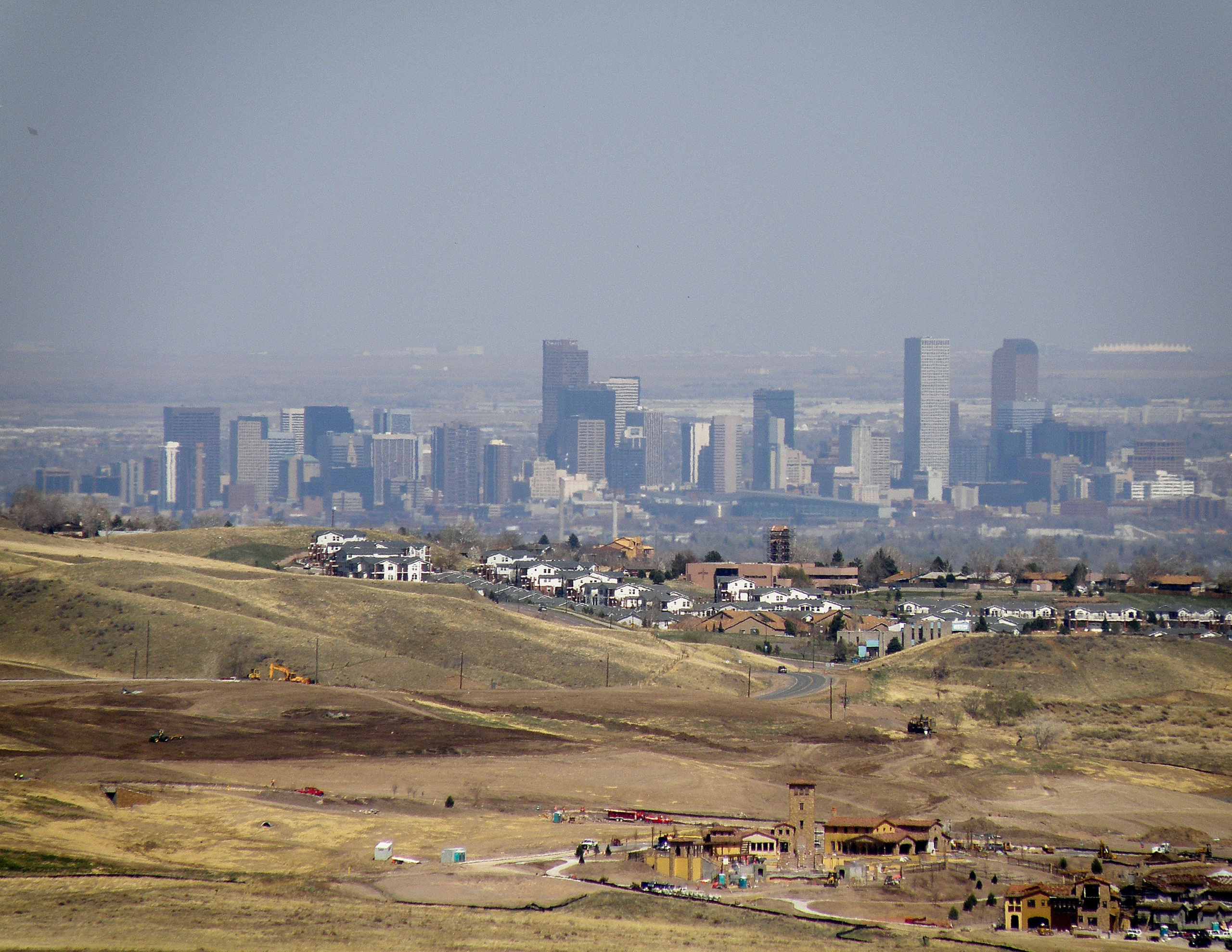
Denver should close the gap in its 2030 fast, frequent bus plan through Central Denver
With 637 acres scheduled for development or possible transformation, it’s critical the city’s 2030 fast and frequent bus plans connect to, and through, the area, providing a true network for riders.
Comments are due on March 3rd for Denver’s 2050 transportation plan.
Please join me in thanking them for developing a plan that elevates safety and expands options. And call on them to connect the major bus rapid transit routes in Central Denver.
To submit your comment, go to this page and scroll to the bottom.
There’s a lot to like about the Denver Moves Everyone 2050 plan.
It has goals of zero traffic fatalities and zero greenhouse gas emissions.
By 2050, it envisions 300 miles of missing sidewalks filled, 800 miles of sidewalks widened, 400 miles of new bikeways, 175 miles of bikeways upgraded, 100 miles of new Bus Rapid Transit corridors (picture dedicated lanes and frequent service for a fast and reliable trip) and maintaining our current infrastructure so it stays in good condition.
Values like safety and expanding options are baked throughout.
I’m particularly excited by the 2030 short-list of projects because it includes FIVE bus rapid transit lines in Denver – on Colfax, Federal, Colorado, Speer and 38th.
But there’s one problem – those major bus lines in Central Denver don’t connect.

Don’t Mind the Gap, Close the Gap
Most people don’t travel a single street when they travel.
The value of our transportation system, especially if you drive, is our streets form a network connecting you around your community and the region.
Our transit system will struggle if we fail to connect the major investments we’re making so someone can easily hop between buses and trains to go to work, school, shopping, medical appointments, etc.
The current parameters for the five bus rapid transit lines that are on the short list would mean the fast and frequent part of the East Colfax route would end downtown, failing to connect major areas like Mile High, Meow Wolf and West Colfax. Speer’s bus rapid transit line would stop short of downtown, Ball Arena and Auraria.
And all of the lines would fail to connect with 38th Ave, undermining the ability for people along Federal, Colfax or Speer to connect to the NW of Denver and vice versa.
Ensuring a route is fast and frequent helps make it an easy travel option for people. So five new fast, frequent BRT routes will be transformational and Denver should be applauded for that vision.
But people also expect good transit will connect them to where they want to go beyond a single street. We need to extend each of these lines so they connect and provide a transfer that is seamless not a hassle.
The network is even more important because the area bordered by Colfax, Federal, Speer, and 38th is scheduled for transformational change.
637 acres have redevelopment underway or could be the target of major changes, bringing thousands of more people, businesses and destinations to the area.

Central Denver development areasPhoto by Denver Streets Partnership | Used by permission
Even without that transformation, this area brings tens of thousands of people together on an almost nightly basis with Coors Field, Mile High, Ball Arena, Auraria’s three major colleges, downtown Denver, cultural hubs and museums.
We have a chance to avoid thousands of car trips, and the pollution and safety concerns they bring, in and out of this area with fast, frequent and reliable (BRT) bus service.
But we have to fill in the gap. They have to connect.
Each of these major new BRT routes need to feed into each other so we can realize the full benefits and maximize their use.
Please join me in thanking Denver for building out a transportation plan that will increase the safety of our system, expand options and reduce air pollution.
And ask them to fill in the gaps for our Central Denver BRT network.
You can comment on this page – scroll to the bottom.
Topics
Authors
Danny Katz
Executive Director, CoPIRG Foundation
Danny has been the director of CoPIRG for over a decade. Danny co-authored a groundbreaking report on the state’s transit, walking and biking needs and is a co-author of the annual “State of Recycling” report. He also helped write a 2016 Denver initiative to create a public matching campaign finance program and led the early effort to eliminate predatory payday loans in Colorado. Danny serves on the Colorado Department of Transportation's (CDOT) Efficiency and Accountability Committee, CDOT's Transit and Rail Advisory Committee, RTD's Reimagine Advisory Committee, the Denver Moves Everyone Think Tank, and the I-70 Collaborative Effort. Danny lobbies federal, state and local elected officials on transportation electrification, multimodal transportation, zero waste, consumer protection and public health issues. He appears frequently in local media outlets and is active in a number of coalitions. He resides in Denver with his family, where he enjoys biking and skiing, the neighborhood food scene and raising chickens.
Find Out More

Every bus, every train will be free to ride in the Denver area July and August

RTD’s fare-free August was a big success giving us momentum to improve transit across the Denver region

RAQCs, SIPs, NAAQS, oh my! Here’s what the acronyms mean and why they’re critical for reducing ozone pollution

